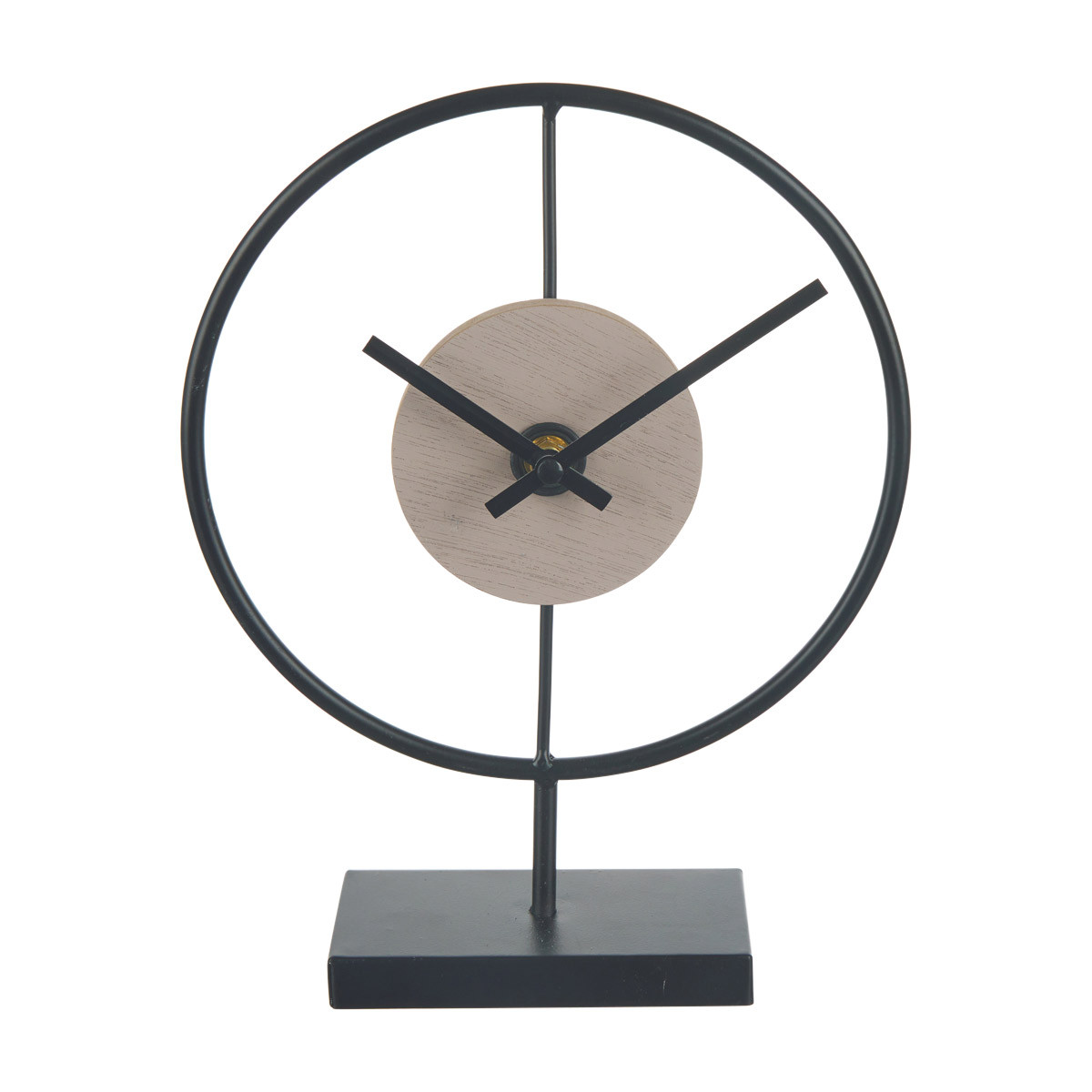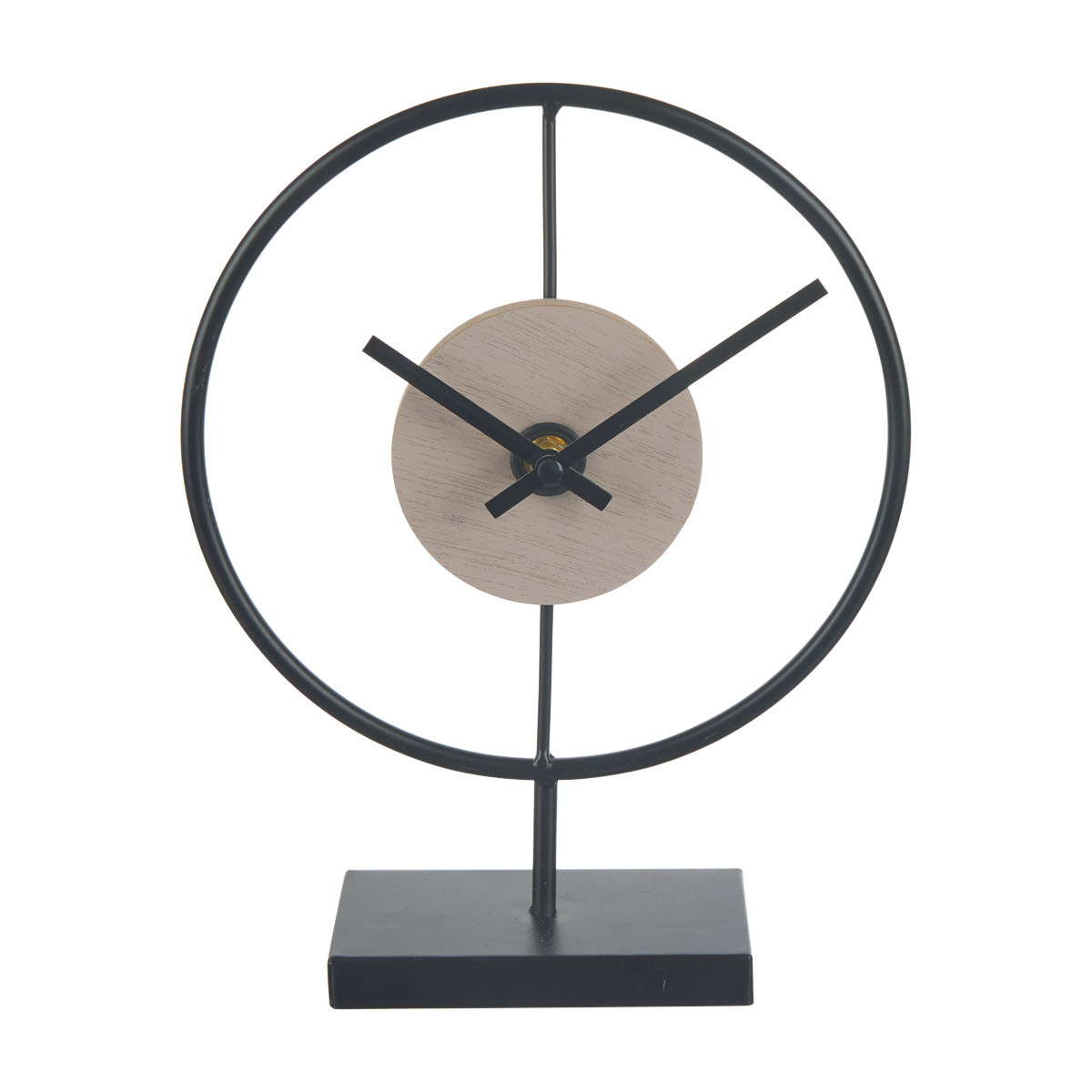Swank meaning goes beyond simple style; it’s about a certain flair, a confident elegance that commands attention. This exploration dives into the nuances of “swank,” tracing its evolution through history and across various contexts, from high-fashion runways to everyday interactions. We’ll unpack its connotations, compare it to similar terms, and even examine its visual representation. Get ready to understand what truly makes something “swank.”
We’ll cover everything from the historical usage of the word to its modern interpretations in popular culture. We’ll analyze how “swank” is expressed in fashion, environments, and behavior, providing clear examples and comparisons to help you grasp its multifaceted nature. We’ll also look at its antonyms to fully understand its meaning and impact.
Defining “Swank”
Swank, at its core, signifies a stylish and sophisticated elegance, often implying a degree of luxuriousness and ostentation. It carries a connotation of refined taste and a deliberate display of wealth or high social standing. However, the word’s implication can vary depending on context; sometimes it suggests genuine class, while other times it hints at a showiness that might be perceived as pretentious.
Nuances of “Swank”
While “swank” shares similarities with words like “stylish,” “elegant,” and “posh,” it possesses a unique flair. “Stylish” focuses on fashion-forwardness and trendiness; “elegant” emphasizes grace and refinement; “posh” highlights upper-class status and luxury. Swank, however, blends these qualities, adding an element of deliberate showiness and sometimes even a touch of boastfulness. It’s not just about being well-dressed; it’s about making a statement with one’s appearance and demeanor.
Historical Evolution of “Swank”
The word “swank” has its roots in the early 20th century American slang. Its etymology remains somewhat uncertain, but it likely emerged from a combination of earlier terms suggesting self-importance or showy behavior. Initially used informally, “swank” gradually gained acceptance in more formal contexts, albeit retaining its association with a particular kind of stylish confidence.
Swank in Different Contexts: Swank Meaning

The term “swank” finds its application across various aspects of life, from fashion to social settings and personal conduct.
Swank in Fashion and Attire
| Item | Description | Swank Factor | Justification |
|---|---|---|---|
| Bespoke Suit | A custom-tailored suit made from high-quality Italian wool, impeccably fitted. | High | The craftsmanship, material, and perfect fit exude an air of refined luxury. |
| Vintage Cocktail Dress | A glamorous 1950s-style dress in a rich jewel tone, accessorized with statement jewelry. | High | The classic style and luxurious fabrics convey timeless elegance and sophistication. |
| Designer Jeans and T-Shirt | High-end designer jeans paired with a simple, well-fitting t-shirt. | Medium | The quality of the jeans suggests affluence, but the simplicity of the t-shirt prevents it from being overly ostentatious. |
| Generic T-Shirt and Jeans | A plain, inexpensive t-shirt and a pair of worn jeans. | Low | Lacks the quality and design elements associated with swank. |
Swank Environments
Imagine stepping into a dimly lit, upscale jazz club. Plush velvet seating surrounds intimate tables, each meticulously set with fine china and silverware. The air hums with the low thrum of conversation and the smooth notes of a saxophone. Crystal chandeliers cast a warm glow on the polished mahogany bar, where expertly crafted cocktails are being prepared. This is a swank environment – one that exudes sophistication and understated luxury.
Swank Behavior and Mannerisms
Swank behavior often involves a confident yet understated demeanor. It might include a precise articulation, graceful movements, and a composed presence. It’s about carrying oneself with an air of self-assuredness without being arrogant or boastful. Think of someone who effortlessly commands attention through their refined bearing rather than overt displays of self-promotion.
Swank in Different Cultural Contexts
The perception and expression of “swank” can vary across cultures. In some cultures, overt displays of wealth might be considered swank, while in others, a more subtle elegance might be preferred. The specific items or behaviors considered “swank” will reflect the cultural values and norms of a given society.
Swank and its Antonyms
Several words stand in stark contrast to “swank,” highlighting its unique position in the lexicon of elegance and style. These antonyms offer a counterpoint to the sophistication and luxury implied by “swank,” emphasizing qualities like simplicity, carelessness, or even shabbiness.
Antonyms of “Swank”
- Shabby: Suggests a state of disrepair or poor condition, lacking elegance.
- Gaudy: Implies excessive ornamentation and a lack of taste.
- Dowdy: Describes something that is unstylish and unkempt.
- Unkempt: Highlights a lack of neatness and order.
- Slovenly: Implies a lack of care in appearance and behavior.
Sentence Examples, Swank meaning
“He entered the swank nightclub, a stark contrast to his usual shabby attire.” “Her gaudy jewelry clashed with the elegant ambiance of the restaurant.”
Swank in Popular Culture
The concept of “swank” has been a recurring theme in movies, literature, and music, often used to portray characters and settings associated with luxury, sophistication, and a certain level of social status.
Swank means stylish and sophisticated, right? Think high-end, maybe a bit flashy. But sometimes, that swank needs a little…protection. That’s where a serious security system comes in, like the one offered by the defender system. Protecting your swanky stuff is just as important as having it, after all.
So, embrace the swank, but secure it properly.
Swank in Film and Literature
Classic Hollywood films often showcase swank through opulent sets, stylish costumes, and the sophisticated behavior of their characters. Think of the glamorous settings and attire in films like “Casablanca” or the sophisticated characters in novels by F. Scott Fitzgerald. Modern portrayals might explore the irony or superficiality of swank, examining the gap between appearances and reality.
A Short Story Illustrating “Swank”
The newly opened restaurant, “The Gilded Lily,” was the epitome of swank. Its sleek, minimalist design, accented by rich jewel tones and subtle lighting, created an atmosphere of understated elegance. The clientele, a mix of celebrities and high-powered executives, were impeccably dressed, their conversations a low hum of sophisticated wit. Even the waitstaff moved with a practiced grace, their movements suggesting years of refined training.
It was a place where one could feel the weight of unspoken wealth and refined taste.
Visual Representations of Swank
Visual Representation of Swank
Imagine a photograph: a close-up shot of a perfectly crafted martini glass, filled with a clear, icy cocktail. The condensation clings to the glass, reflecting the soft, ambient lighting of a dimly lit bar. The glass itself is elegant and minimalist, perhaps crystal, and sits on a polished dark wood surface. The overall impression is one of understated luxury and refined taste; the simplicity of the image enhances the feeling of quiet sophistication.
The color palette would consist of deep blues, dark greens, and touches of silver, reflecting the sophisticated ambiance.
So, “swank” means stylish and extravagant, right? Think fancy cars and designer clothes. But sometimes, that swanky lifestyle can be found in unexpected places, even near a surprisingly deep and dramatic geographical feature, like a gully meaning a rugged, often overgrown ditch. The contrast between the refined “swank” and the raw, natural “gully” is interesting, highlighting how different aspects of life can exist side-by-side.
Ultimately, understanding “swank” means appreciating the spectrum of life’s experiences.
Visual Representation of “Un-Swank”
In contrast, “un-swank” might be represented by a photograph of a cluttered, messy room. Clothes are strewn across the floor, dirty dishes pile up in the sink, and the overall impression is one of disarray and neglect. The colors are muted and dull, lacking the vibrancy and richness associated with swank. The image would evoke a feeling of carelessness and a lack of attention to detail.
Swank means stylish and luxurious, right? Think high-end, sophisticated. Want to capture that swanky vibe in your videos? Check out the awesome aerial shots you can get with the dji flip canada drone; its portability and image quality are seriously swank. So, whether you’re documenting a fancy event or just want to add some flair to your personal projects, swank can easily be achieved with the right tools.
Comparison of Visual Representations
The contrast between these two visual representations highlights the key differences between swank and its opposite. Swank is characterized by order, precision, and a sense of deliberate elegance, while “un-swank” conveys disorder, carelessness, and a lack of refinement.
Final Review
Ultimately, understanding “swank” is about recognizing a certain je ne sais quoi – a sophisticated blend of style, confidence, and attitude. It’s not just about possessing expensive things; it’s about carrying oneself with a certain panache. Whether expressed through clothing, surroundings, or demeanor, swank is a powerful statement of refined taste and self-assuredness. This exploration has hopefully equipped you to not only identify swank but to appreciate its subtle yet significant impact.
Key Questions Answered
Is “swank” always positive?
While often positive, “swank” can sometimes imply ostentatiousness or pretentiousness, depending on the context.
Can “swank” be used to describe inanimate objects?
Yes, “swank” can describe objects like cars, homes, or even gadgets that exude a sense of luxury and style.
What’s the difference between “swank” and “chic”?
“Chic” often suggests a more understated elegance, while “swank” implies a bolder, more noticeable display of style.
How is “swank” used in slang?
In slang, “swank” can be used informally to mean something impressive or stylish, sometimes with a slightly boastful undertone.
